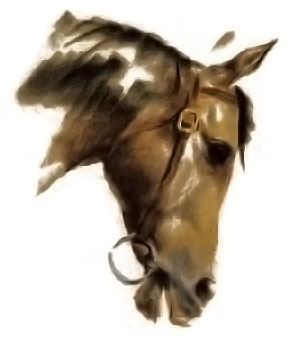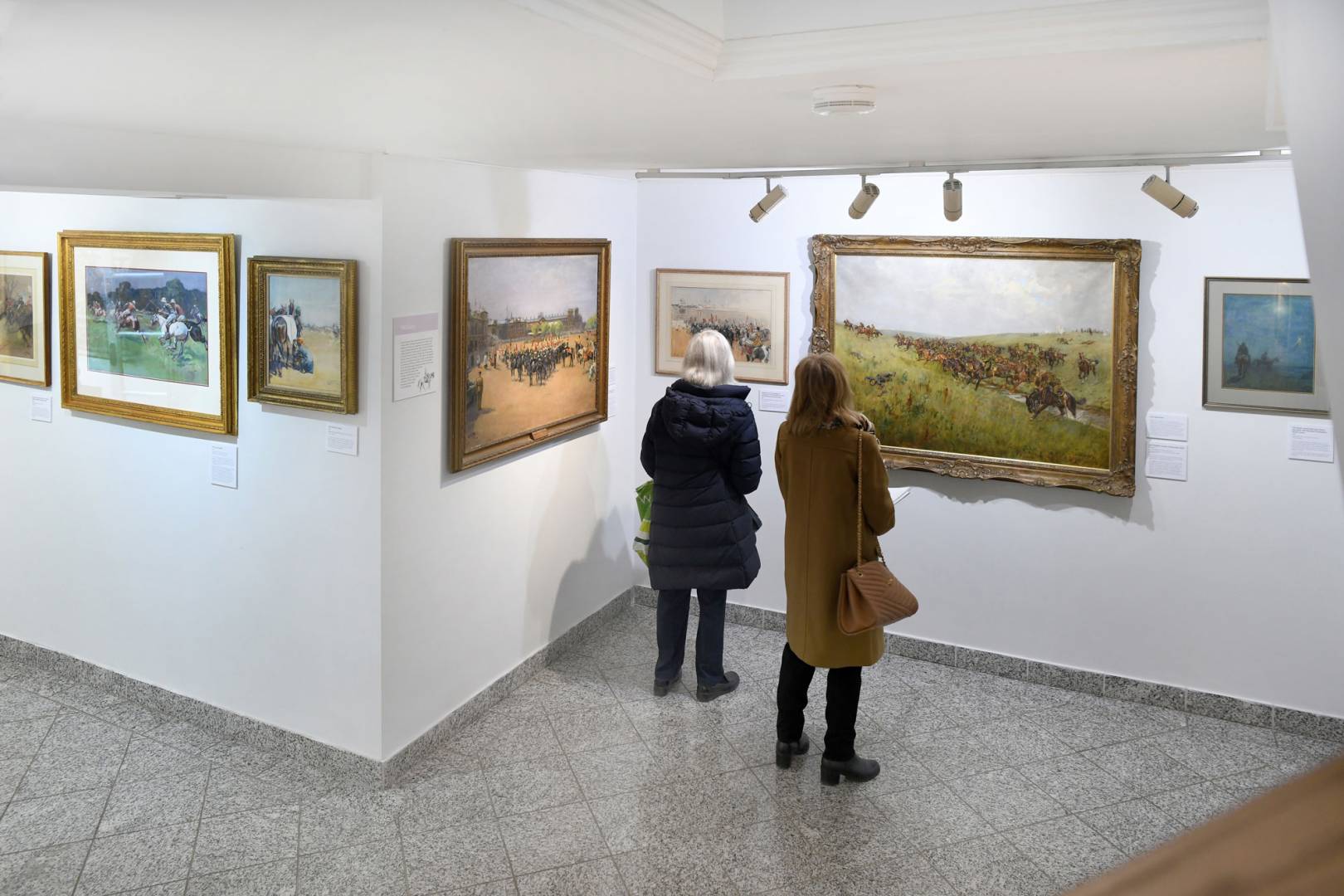
‘Sporting art’ is traditionally understood to refer to a genre of art that encompasses country pursuits, predominantly in the eighteenth and early nineteenth centuries. However, when these paintings were first produced they were more commonly referred to as ‘animal pictures’. They document the popular rural sports of the time including fox hunting, game shooting, fishing and horseracing. The works were often commissioned by those who took part in the sports, and they would commonly be displayed in the owner’s country house as confirmation of their participation and sporting successes. By this definition, the genre experienced a slight decline in the later nineteenth century when the world it documented began to change. Industrialisation caused people to move from the countryside into the towns and cities. Where traditional sporting art documented the importance of country pursuits and the rural lifestyle, the focus was shifting away from both.
However, sporting art can be understood to have a much wider artistic and historic scope. Perhaps the genre can also be seen to encompass all types of sport, both amateur and professional, from archery to football and cycling to motor racing. By this broad definition, sporting art can be seen to encompass the hawking and hunting tapestries made during the Tudor era all the way up to current day representations of and artistic responses to contemporary sports. Rather than a decline in the late nineteenth century, sporting art diversified, reflecting the participation of an increasingly varied public, which even included women, in an ever-expanding variety of activities. From the late nineteenth century onwards, sporting art documents the creation of a number of new sports including football and rugby. By this more expansive definition, the genre can be seen to document the social history of nineteenth-century industrial Britain.
Sporting art continues to thrive and evolve in the 21st century with contemporary artists provoking questions about the shape of the genre and the ways in which we can define a sporting artist today.
However, sporting art can be understood to have a much wider artistic and historic scope. Perhaps the genre can also be seen to encompass all types of sport, both amateur and professional, from archery to football and cycling to motor racing. By this broad definition, sporting art can be seen to encompass the hawking and hunting tapestries made during the Tudor era all the way up to current day representations of and artistic responses to contemporary sports. Rather than a decline in the late nineteenth century, sporting art diversified, reflecting the participation of an increasingly varied public, which even included women, in an ever-expanding variety of activities. From the late nineteenth century onwards, sporting art documents the creation of a number of new sports including football and rugby. By this more expansive definition, the genre can be seen to document the social history of nineteenth-century industrial Britain.
Sporting art continues to thrive and evolve in the 21st century with contemporary artists provoking questions about the shape of the genre and the ways in which we can define a sporting artist today.
Copyright © 2025 BSAT, All rights reserved
This website uses cookies and similar technologies to give you the very best user experience, including to personalise advertising and content. By clicking 'Accept', you accept all cookies.


